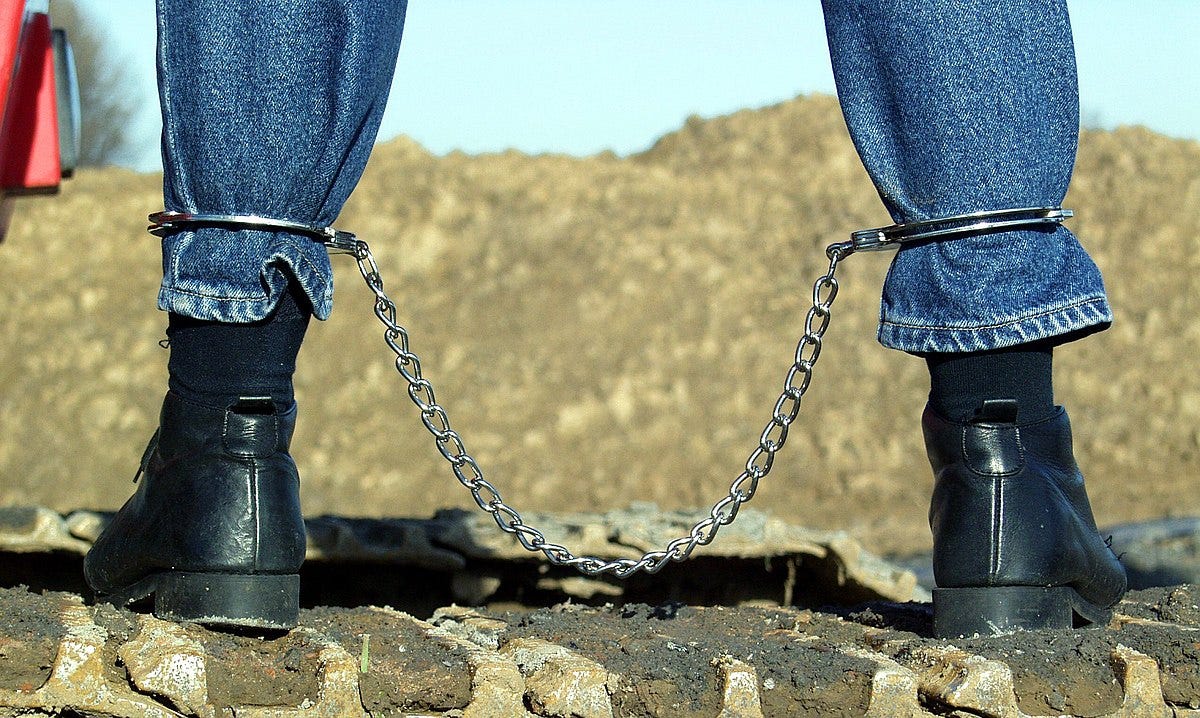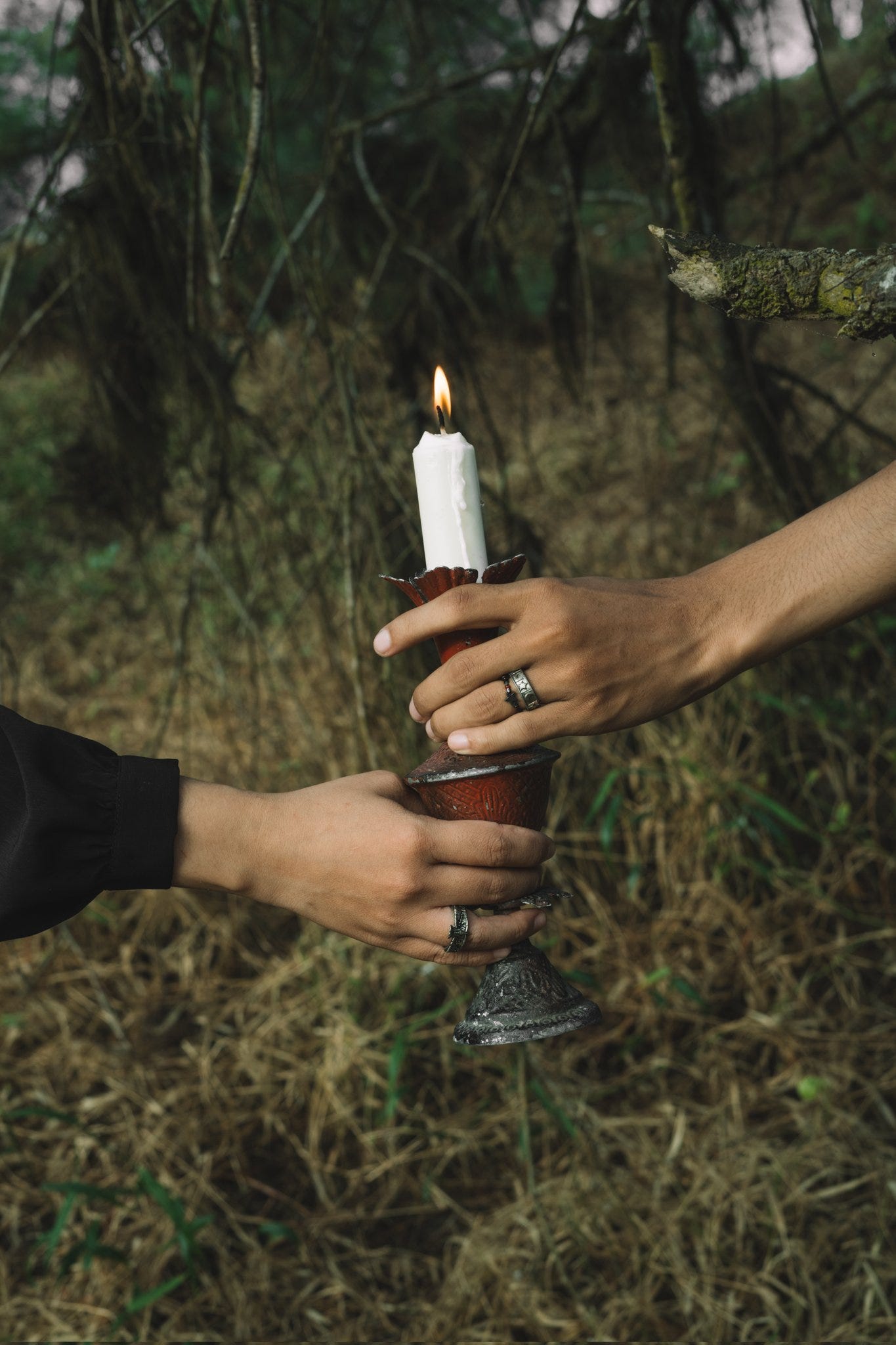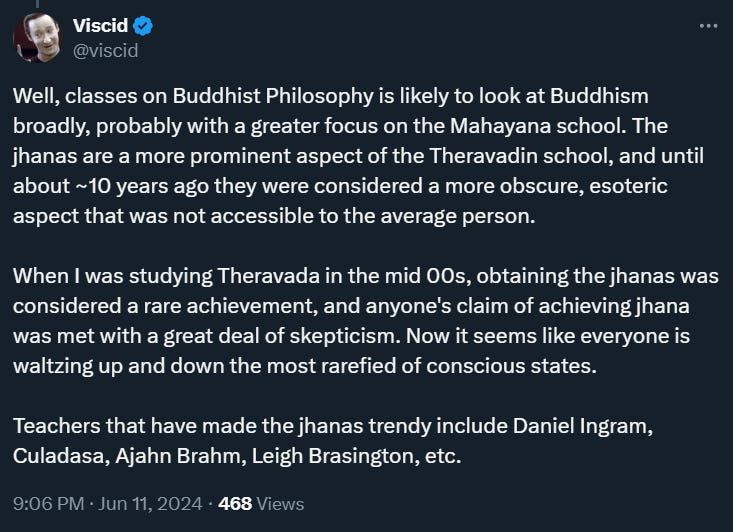“Before Enlightenment: Chop wood, carry water. Afterwards: Chop wood, carry water.”
NOTE: SINCE THE TIME OF WRITING, THINGS HAVE CHANGED, BUT I POSTED THIS SINCE I THINK IT’S STILL USEFUL TO SOME.
It’s a bold new world for Buddhism-adjacent practices out there. Jhana drama, revival and remixes of long-lost practices, people speedrunning their way into Enlightenment or at least trying to be, Frank Yang being Frank Yang, people writing and uploading their Dharma journey in several Google Docs, and overall there seemed to be a lot of dynamicity.
I’m adding my experience to this collective pool of experience. My journey through stream entry occurred in a matter of hours, from morning to afternoon. What followed was even more remarkable: what appeared to be a progression from the 1st to the 10th Unfettering over just three days. Unfortunately, I recognize the weight of this claim, but I’m committed to sharing it truthfully.
To describe it as anything less would dishonor the clarity that Insight brought. Yet I don’t claim to be an Arahat, don't feel like one, and honestly, the label itself holds little importance at this point of writing. My purpose here is simply to document what transpired, for different things hold different resonance for different people.
The essence of what happened can be distilled to this: suffering, for the most part, ended.
In recording these events, I’m intentionally avoiding retroactive terminology. When this began, I wasn’t familiar with terms like “stream entry” and I want to preserve the authenticity of the experience by using only the concepts and language I knew at the time. My goal is to reconstruct these events from my past perspective, including the materials I encountered and my understanding as it unfolded.
Regardless of the rather spicy title of this writing, I recorded that there were several distinct phases...
First: death
Last year in April, in its simplest form: I experienced what’s often called an “ego death”, that is, an unexpected dissolution of self.
The full story: An afternoon, something fundamental within me began to unravel. Like a sweater coming undone stitch by stitch until it's nothing but yarn pooled on the floor, my carefully constructed sense of self began to dissolve. Everything that I thought made me “me”, that is, my history, dreams, preoccupations, hobbies, memories, preferences. All of it really came apart.
I found myself in my office, crying with an intensity that felt eternal but actually lasted only half an hour of raw release. This wasn’t merely an emotional experience; it was a profound perceptual shift where what I had always thought of as “me” literally ceased to exist. Later, I learned that describing this as an “ego death” or “self death” can be unsettling or pretentious for others. A gentler yet equally truthful way to express it is that I discovered identity isn’t a direct experience—that the primary lens through which I had viewed the world was somewhat illusory, and there existed a more direct way of experiencing reality.
Second: disappearance of suffering
With this unraveling came an extraordinary release, like finally exhaling a breath I’d been holding for years. The complex knot of mental, emotional, and imagined tensions that had dominated my conscious mind loosened its grip. That anxious clinging to my life’s narrative, the constant identification with every passing thought and feeling that I used as building blocks for my sense of self began to fall away. The endless mental commentary that had been my constant companion fell silent, and in its place came stillness. The more abstract forms of suffering (dukkha, or what some might simply call “life’s persistent discomfort”) seemed to evaporate like morning mist, revealing a clear, open sky. I later learned that this state is known as “luminous mind” or somesuch. A consciousness free from the constant narration that typically overlays our experience, or at least free from griping about it.
Besides my desk is a window, and from there the office’s garden. The cayenne pepper plants have already borne fruit in some of the pots. I walked around, felt the sun’s rays on my skin. Who am I? Doesn’t matter. This experience is this, and I don’t feel the need for any further elaboration. It wasn’t theoritical, it was phenomenological. It was a clear sign that something has changed.
Third: posting
I tweeted the death in a somewhat corny way lol.
Fourth: wrote
This experience fundamentally altered my relationship with writing, vulnerability, and privacy. Where I once was guarded, I found myself pouring out an enormous volume of deeply personal writing. The kind of raw, unfiltered honesty that my former self would have found unbearable.
Before, I was consumed with paranoia about my digital footprint. I meticulously constructed anonymous identities, followed strict OPSEC, and never posted anything that could be traced back to my real life. But after experiencing what felt like a kind of ego death, these concerns seemed to fade away. The emotional and cognitive barriers that had constrained me dissolved.
I began engaging openly with friends on WhatsApp and Twitter group chats, freely sharing text messages, videos, and voice recordings. Those are things that I would have avoided before. This newfound openness and documentation actually helped me piece together a chronological understanding of what transpired during this period.
Fifth: description of the shifts
Over the course of three days, I experienced several distinct states of awareness, each one seeming to bring me closer to what I can only describe as liberation. I tracked these states, these modalities, by comparing them to Kevin Schanilec’s modern interpretation of the 10-fetters Model. At the time, even this framework felt inadequate to fully capture the landscapes where these visceral transformations occurred. Still, the metaphor of fetters—or shackles—helped me visualize the process.
I found Schanilec’s personal account of his progression on his website, Simply The Seen, which became my primary reference point throughout those intense three days. For this guidance, I remain deeply grateful.
These weren’t merely abstract concepts, because the fetters felt tangibly physical, or to be more accurate, felt tangibly everything without much differentiation between the mind, body, and the world. Like trying to capture the majesty of a desert canyon in pixels, something was inevitably lost in translation. Nevertheless, each progression noticeably reduced my suffering, confirming I was on the right path, wherever it might lead.
My experience didn’t follow the linear progression typically described in stream entry accounts. I had no formal teacher or lineage, and no one to guide me except for some dear friends.
the “How”
Writing about the method behind this transformation isn’t straightforward. Perhaps years from now I’ll be able to distill it into a neat, coherent package. For now, what I can offer is a chronological account of events. Fair warning: if you’re not prepared to read thousands of words about this journey, you might want to stop here.
Writing has a peculiar quality. We tend to envision our audience as we write. In sharing this experience openly, I hope to offer valuable insights to three specific groups and two (deliberately unmentioned) people:
First are the complete beginners, particularly those who suspect they’re on the (autism) spectrum or are otherwise neurodivergent. I’m especially writing for those who’ve navigated life primarily through the lens of language, logic, science, and rationality. Those who might struggle with human connection, lasting friendships, or simply feeling at ease in their own humanity.
Second are those who’ve already in the stream but find themselves stuck. Perhaps my unconventional journey, undertaken without prior knowledge of the process or stage, might offer a fresh perspective or useful insight for your path.
Third, I’m writing for the rationalist community, that is, readers of LessWrong, Slatestarcodex, Astralcodexten, and Effective Altruism forums who are curious about spiritual experiences but seek explanations free from excessive jargon. Consider this an insider’s guide from one of your own.
an extra note on the “How”
But before we begin, a crucial caveat: The first step is to release any expectation of gaining something specific from this writing, be it Enlightenment, Awakening, Stream Entry, Jhana, or any particular mental or emotional transformation.
In the year since, I’ve observed various spiritual communities across social media platforms. While I’ve encountered many remarkable individuals, I’ve noticed that often the very desire for Enlightenment or Awakening can become a significant obstacle to releasing suffering.
When Dante descended into hell in Canto III, he encountered the famous inscription: “Abandon All Hope, Ye Who Enter Here.” There's wisdom in this, though perhaps not in its strictest interpretation. Rather than abandoning hope entirely, consider releasing the expectation that any particular spiritual state will liberate us or reveal some fundamental cosmic truth. While this perspective may diverge from classical teachings, it reflects my authentic experience. In retrospect, I wish my past self had access to more guidance, teaching, and structure because there were moments of genuine terror.
A minor preview: During the ninth unfettering, I encountered an extremely subtle form of grasping (technically termed Upādāna) that manifested as a barely perceptible resistance in consciousness. It was only when I could fully release my quest for capital-T Truth and abandon the hope for some ultimate liberating revelation that I could move forward. The breakthrough came through this mental pivot of letting go. This feels important enough to share upfront.
This concludes the introduction. What follows is my best attempt to describe how this understanding unfolded—how this sequence of transformative experiences emerged, one uncertain step at a time...
Part 2 (In progress)
Part 3 (In progress)
afterwords
In the beginning, we talked about modern Buddhism-adjacent practicioners. My friend, a Student-Monk in Indonesia’s Theravada tradition, wrote about the historical context in which what might be called a sola scriptura approach in Buddhism worldwide regained its popularity and because of that, the consequences that followed, which I think is worth to be copy-pasted verbatim in its entirety:
Unlike Catholicism, with its long history of effective missionary work in many countries, Buddhism only developed a “missionary curriculum” in the late 1990s to early 2000s. This development was part of a “Buddhism revival”, driven by fears of the religion's extinction due to the pressures of colonialism. Historically, Buddhism was not as we recognize it today. For instance, it wasn't characterized by the widespread lay practice of meditation or the strict adherence to scriptures.
In contemporary times, Buddhism has adopted a more sola scriptura approach, a term borrowed from Protestantism, indicating a greater emphasis on scriptural authority. Additionally, meditation practices have been popularized and are no longer seen as exclusive to monks. This shift is relatively recent, emerging as a significant trend starting from the colonial period in Myanmar. During colonization, Buddhist monks initiated movements to help laypeople manage the stresses imposed by colonial rule, leading to the dissemination of vipassanā meditation practices. This movement spread across various regions, including Indonesia, where books and teachings on vipassanā became accessible to the general population. Prior to this period, such meditation practices were predominantly reserved for the monastic community.
Moreover, it is interesting to note that before the colonial era, even within the Theravāda tradition, what was popular were the Southern Esoteric Buddhist practices or “Tantric Theravāda”; These practices were quite different from the current focus on scriptural purity and meditation for all. However, the colonial agenda, which sought to erase traditional values, pressured Buddhist communities to re-evaluate and adapt their practices.
An important aspect of this transformation was the role of the romanization of Pāli manuscripts in Sri Lanka. A British man, assigned to learn about Sri Lankan culture to facilitate colonial rule and Christian missionary activities, was instrumental in this process. Before romanization, these manuscripts were written in their native scripts, not the Roman alphabet we see today.










